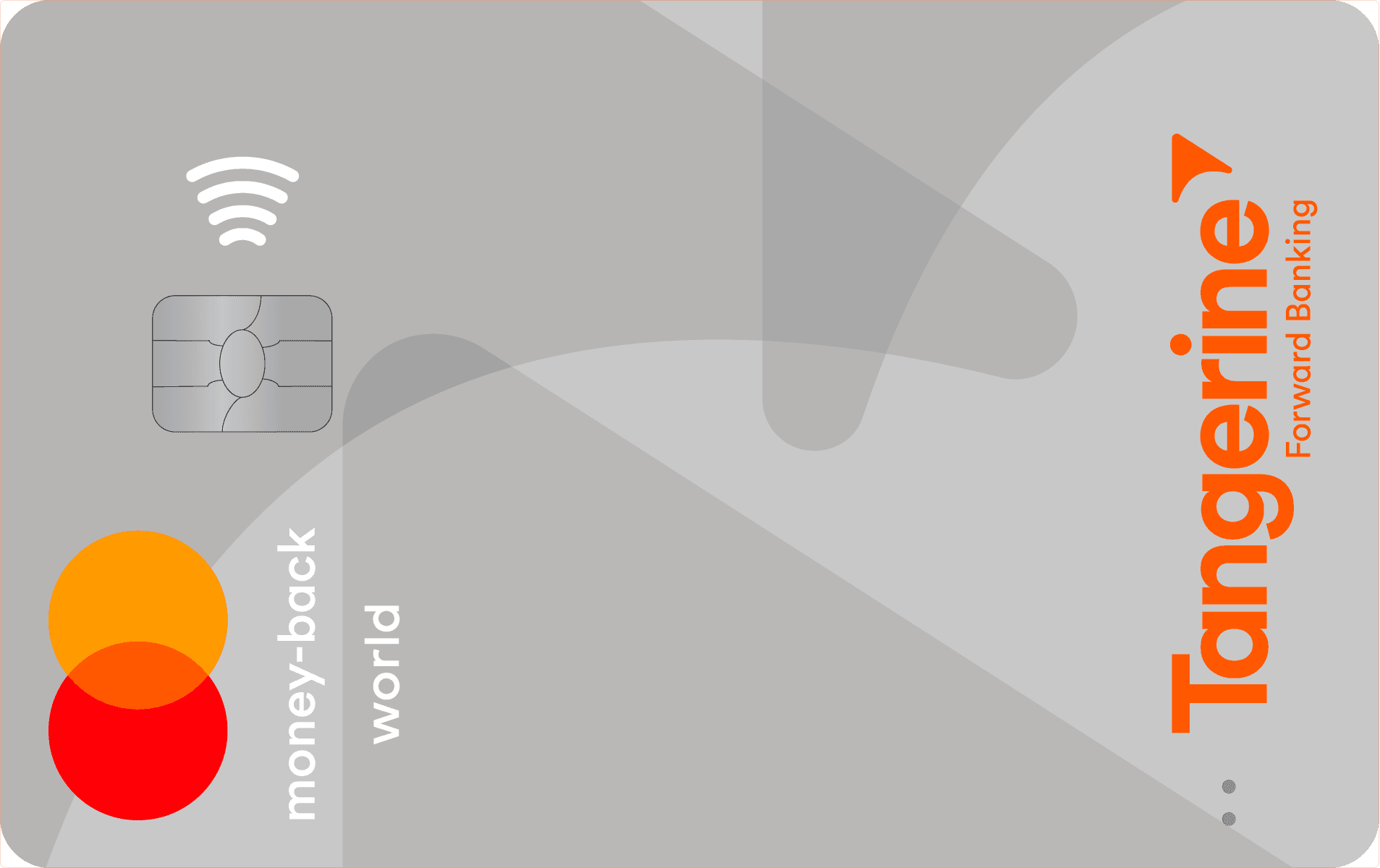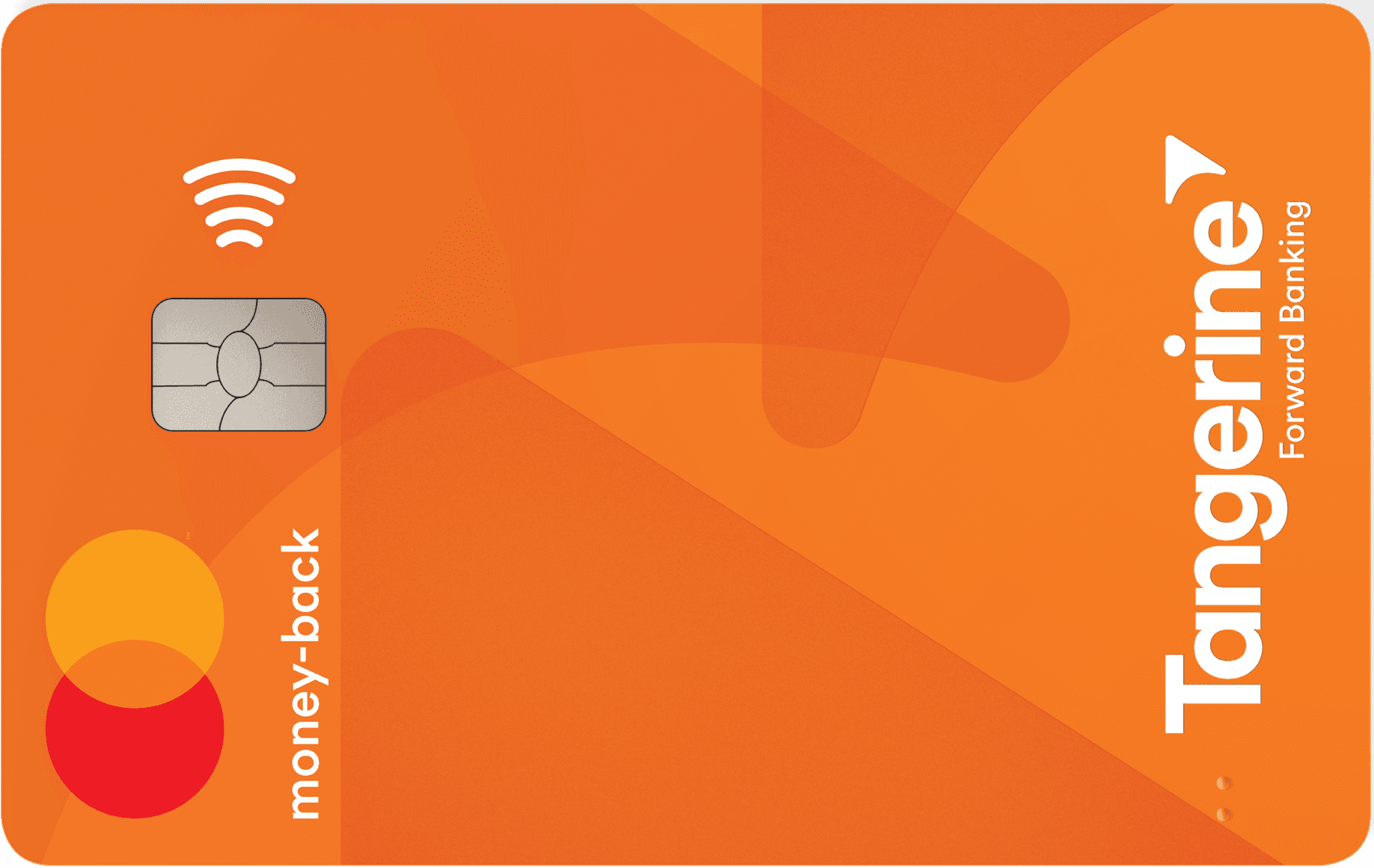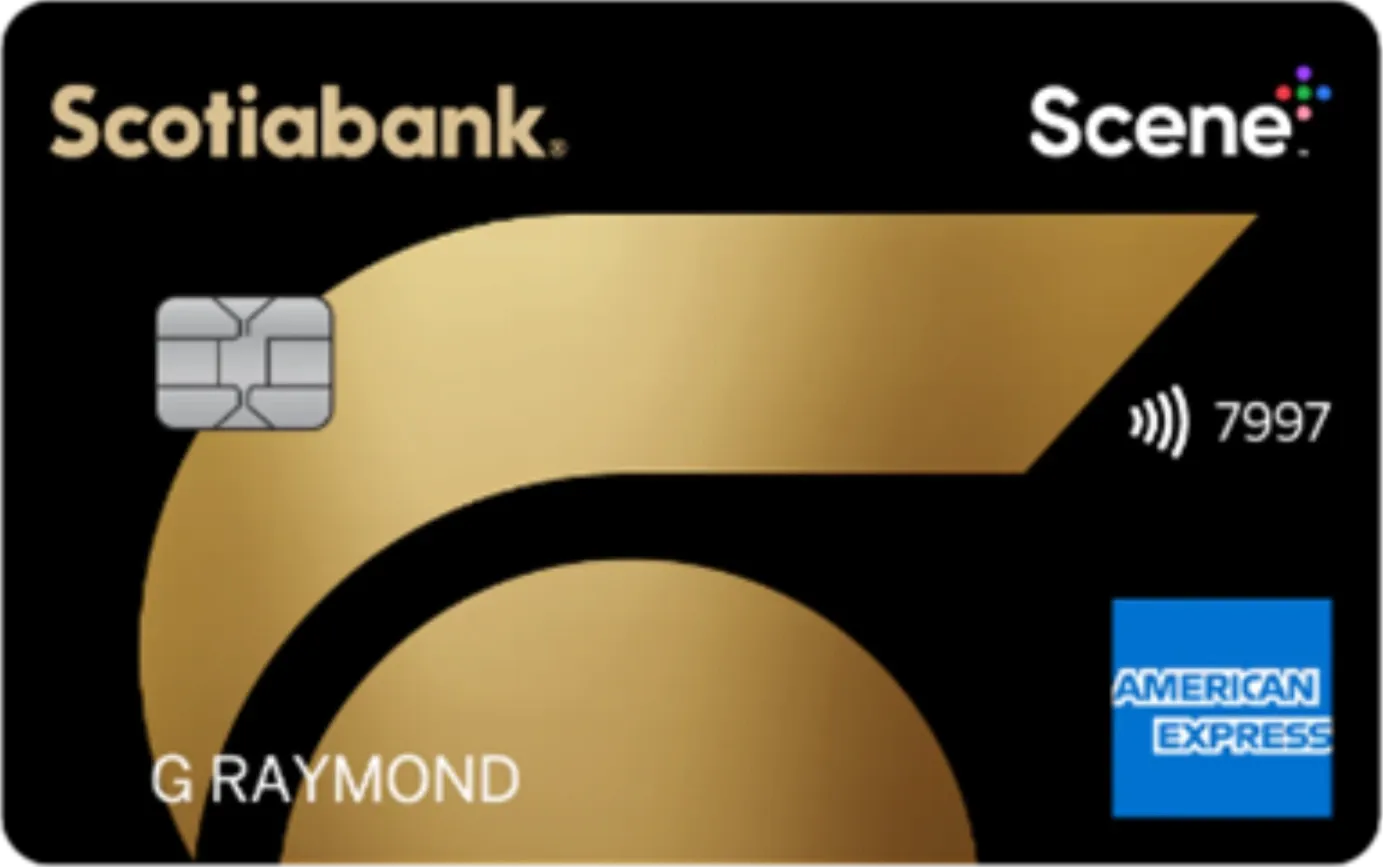Working hard in the background...
Why No-Warning Credit Limit Cuts Happen and What You Can Do
Published Dec 16, 2025 3:31 PM • 5 min read
One day, you open your online banking account to pay your credit card, and all of a sudden, you notice that your limit is low. Too low. And it never used to be that way. While this situation might be less than ideal, it’s always a possibility amongst Canadian credit card issuers, especially in an uncertain economic environment. In this article, we’ll discuss why issuers reduce credit limits, the impact this reduction can have and practical steps you can take to protect yourself.
Why do credit card issuers cut limits without warning?
A sudden cut to your credit limit often feels personal. But it’s usually not. Credit issuers make these decisions for several reasons and most have nothing to do with your spending. Here are a few reasons why banks lower credit limits:
Risk management
Financial institutions often adjust their exposure based on economic conditions or changes to consumer debt. If they decide they have too much exposure to a certain type of borrower, they may adjust credit limits to protect themselves. For example, if overall household debt is increasing along with delinquency rates, then banks may choose to pre-emptively reduce credit limits to manage their level of risk.
Macroeconomic considerations
When there are changes in the economy, banks will adjust their policies in response. When interest rates rise, inflation is persistent or recessionary fears spike, banks will look for ways to reduce the risk in their portfolio. Cutting back on credit limits is a simple way to do this.
Internal policy shifts
At times, banks update their policies behind the scenes. A broad shift in strategy (like reducing exposure to a specific customer segment) can result in widespread limit reductions. And it can happen even if your own account is in good standing.
Credit utilization concerns
Issuers monitor how much of your available credit you are using, this is known as your credit utilization. If you are getting close to maxing out your available credit, it may be a red flag for your credit provider. Yes, even if you pay off the balance each month. This is because high utilization signals that you could be relying too heavily on credit, in turn raising the risk of missing payments. To lower the risk of this happening, your bank may reduce your available limit.
Payment history
If you have missing (or late) payments, you could see the bank reduce your limit. Even a single slip-up can be enough for a lender to lower your available credit as it minimizes the risk of the account becoming delinquent.
How does a sudden credit limit cut impact you?
When your credit limit drops without warning, the effect is immediate, as it can:
· Impact your credit utilization ratio. When your available credit limit decreases, it will cause your credit utilization ratio to jump. Imagine you have a credit card with a $10,000 limit and you continuously carry a $2,000 balance. Here, your credit utilization is 20%. But if your limit gets cut in half, your utilization then jumps to 40%, and you appear riskier to issuers. Since your credit score takes this ratio into account, it means that the shift can drag down your score. In turn, lenders will view you as a higher-risk borrower.
· Result in a loss of your buffer. Credit cards double as a safety net. If, for example, you need to make emergency repairs to your car or have to pay for dental surgery, then you have less available room and could find yourself in financial trouble.
· Restrict your cash flow. With many Canadians relying on credit cards to smooth out their cash flow, a limit cut can create additional pressure. Especially if you use your card to pay your bills and to purchase groceries and gas each month. It is even more inconvenient when you plan to use the card to cover your tuition or book a vacation, taking advantage of your card’s travel insurance.
· Lead to psychological stress. There is also an emotional toll. The lack of warning can leave you anxious about the state of your finances. You may also wonder if (and when) it will happen again.
Read More: What Credit Card Limit Should I Have?
Signs your limit might be at risk
How do you know when your account is at risk? Unfortunately, you don’t always. But sometimes there are signs. Spotting these early can give you time to adjust before a cut hits your account. Here are the patterns that hint your account might be on a lender’s radar:
· Decline in your credit score. If your score slips, then lenders see you as a higher risk. In this case, they may review your account and implement a cut.
· Rising balance. When your balance increases, it is a signal to the bank that you may be a riskier borrower. In turn, they may lower your credit limit to minimize their exposure.
· Falling income levels or changes in employment. If your bank requests updated employment information and sees you have a lower income or a different job, they may view you as a less stable borrower. Again, this shows that you are at a higher risk of defaulting on your payments.
· Increased reliance on credit. If you are carrying balances on your card month after month, it suggests to the bank that you might be leaning too heavily on credit. Though this is a common practice as living costs rise, it still implies more risk for the bank.
· Missing or late payments on other accounts. While you may be making your credit card payments, any missing payments on different accounts (like your cell phone or mortgage) will show on your credit report. This can trigger the bank to reassess your overall risk.
· Broader economic headlines. As I mentioned above, many times cuts aren’t personal, but due to external factors. Consider paying attention to headlines, checking for rising interest rates, talks of an impending recession, or mass layoffs. Each of these scenarios can provoke the bank to cut credit limits for its customers. Even those who are in good standing.
How to protect yourself from future credit limit cuts
You can’t control when banks tighten their lending policies, but what you can control is your own financial situation and how likely you are to be a target for a credit limit cut. Start with the basics by improving your credit score and making at least the minimum payment on time. Every time. Missing or late payments are one of the fastest ways to trigger a review.
Another way to protect your credit limit is to keep your credit utilization low (typically below 30%). Even if you pay your balance in full each month, try spreading your purchases across two or three cards so none of them appear overused. Also consider building relationships with more than one issuer. This way, if one bank trims your limit, you will still have another card to use as a backup.
Lastly, don’t rely solely on your credit card as a safety net. Consider opening a line of credit to use as a backup. But, ideally, put savings aside into an emergency fund. The Government of Canada suggests that “you should try to save the equivalent of 3 to 6 months of your regular expenses.” Or, “you can also aim to save 3 to 6 months of income. Both methods work, so choose the one that is easier for you.”
Conclusion
Credit limit cuts are inconvenient, but they’re not as random as they may seem. Banks often take these actions to protect themselves from risk. That risk may stem from rising debt levels, economic uncertainty, or changes in your personal credit profile. The good news? You’re not powerless. Proactive credit management (such as making on-time payments, keeping balances low, and diversifying your credit sources) can reduce the chance that you’ll be caught off guard by a credit limit cut.
At the end of the day, credit is a tool. Not a guarantee. Take proactive steps now and monitor your financial health to ensure that you are secure, no matter what steps your issuer takes.
Frequently Asked Questions
Yes. In Canada, credit card issuers are allowed to lower your credit limit without prior notice. Credit increases require your consent. But, unfortunately, decreases do not. Instead, you will receive notice of the new limit by mail or email, or the change will show in writing on your next statement.
If you see a decrease in your credit limit, the first step is to check your credit report, looking for risky behavior and identifying any errors. If you notice an error, report it. And if not, you can call your bank to ask for reinstatement if possible. A reinstatement may not be possible, but it’s worth asking. Regardless, focus on paying down your balance and keep your credit utilization below 30%. Also, consider planning your spending and adjust your budget to avoid additional financial stress.
A lower limit increases your credit utilization ratio, which is your balance compared to your available credit. Since utilization is a factor in how your credit score is calculated in Canada, even if your balance doesn’t change, your score might. According to both credit bureaus, higher credit utilization ratios negatively affect your score.
There is no set schedule, but most review accounts whenever there is a change to your credit profile, like if you have a rising balance or late payments. In addition to borrower-related triggers, banks also reassess limits when economic conditions shift to help them adjust their exposure and keep them in line with their internal risk policies.
Trending Offers

Tangerine® Money-Back World Mastercard®*

Tangerine Money-Back Mastercard

Neo World Elite® Mastercard®

Scotiabank Gold American Express® Card
About the author

Lauren Brown
Editor
Lauren is a freelance copywriter with over a decade of experience in wealth management and financial planning. She has a Bachelor of Business Administration degree in finance and is a CFA charterholde...
SEE FULL BIOAbout the editor

Sara Skodak
Lead Writer
Since graduating from the University of Western Ontario, Sara has built a diverse writing portfolio, covering topics in the travel, business, and wellness sectors. As a self-started freelance content ...
SEE FULL BIO